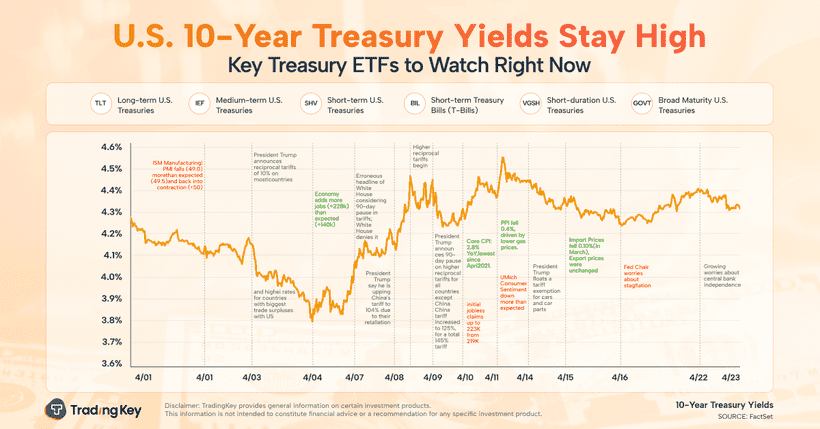NZD/USD remains below 0.5900 due to dovish sentiment surrounding the RBNZ


- NZD/USD may face challenges as traders expect the RBNZ to deliver a substantial rate cut next week.
- The US Dollar gains ground due to dampened odds of an imminent Fed rate cut.
- Fed’s Powell stated, "The economy is not sending any signals that we need to be in a hurry to lower rates."
The NZD/USD pair trades near 0.5890 during the early European session on Tuesday, maintaining its stance amid a softer US Dollar (USD) as profit-taking tempers its recent gains. However, the pair’s upside remains capped due to growing expectations of a bumper interest rate cut by the Reserve Bank of New Zealand (RBNZ) next week.
Meanwhile, traders are keeping a close watch on the upcoming Loan Prime Rate (LPR) decision from China, a key trading partner of New Zealand. Market participants anticipate potential additional stimulus measures to bolster economic growth, following the recent 10 trillion Yuan debt package that lacked direct economic stimulus, further intensifying market concerns.
The US Dollar (USD) may appreciate as the Federal Reserve (Fed) Chair Jerome Powell tempered expectations for immediate rate cuts. Powell highlighted the economy's resilience, a strong labor market, and persistent inflationary pressures, stating, "The economy is not sending any signals that we need to be in a hurry to lower rates." Investors are now looking for further guidance from Fed officials later this week on the future path of US interest rates.
Moreover, traders anticipate that the incoming Trump administration will prioritize tax cuts and impose higher tariffs. These measures could fuel inflation, potentially slowing the pace of Fed rate cuts and supporting the US Dollar. Traders are now focused on the upcoming October US Building Permits and Housing Starts data, which is set to be released on Tuesday.
New Zealand Dollar FAQs
What key factors drive the New Zealand Dollar?
The New Zealand Dollar (NZD), also known as the Kiwi, is a well-known traded currency among investors. Its value is broadly determined by the health of the New Zealand economy and the country’s central bank policy. Still, there are some unique particularities that also can make NZD move. The performance of the Chinese economy tends to move the Kiwi because China is New Zealand’s biggest trading partner. Bad news for the Chinese economy likely means less New Zealand exports to the country, hitting the economy and thus its currency. Another factor moving NZD is dairy prices as the dairy industry is New Zealand’s main export. High dairy prices boost export income, contributing positively to the economy and thus to the NZD.
How do decisions of the RBNZ impact the New Zealand Dollar?
The Reserve Bank of New Zealand (RBNZ) aims to achieve and maintain an inflation rate between 1% and 3% over the medium term, with a focus to keep it near the 2% mid-point. To this end, the bank sets an appropriate level of interest rates. When inflation is too high, the RBNZ will increase interest rates to cool the economy, but the move will also make bond yields higher, increasing investors’ appeal to invest in the country and thus boosting NZD. On the contrary, lower interest rates tend to weaken NZD. The so-called rate differential, or how rates in New Zealand are or are expected to be compared to the ones set by the US Federal Reserve, can also play a key role in moving the NZD/USD pair.
How does economic data influence the value of the New Zealand Dollar?
Macroeconomic data releases in New Zealand are key to assess the state of the economy and can impact the New Zealand Dollar’s (NZD) valuation. A strong economy, based on high economic growth, low unemployment and high confidence is good for NZD. High economic growth attracts foreign investment and may encourage the Reserve Bank of New Zealand to increase interest rates, if this economic strength comes together with elevated inflation. Conversely, if economic data is weak, NZD is likely to depreciate.
How does broader risk sentiment impact the New Zealand Dollar?
The New Zealand Dollar (NZD) tends to strengthen during risk-on periods, or when investors perceive that broader market risks are low and are optimistic about growth. This tends to lead to a more favorable outlook for commodities and so-called ‘commodity currencies’ such as the Kiwi. Conversely, NZD tends to weaken at times of market turbulence or economic uncertainty as investors tend to sell higher-risk assets and flee to the more-stable safe havens.





.jpg)